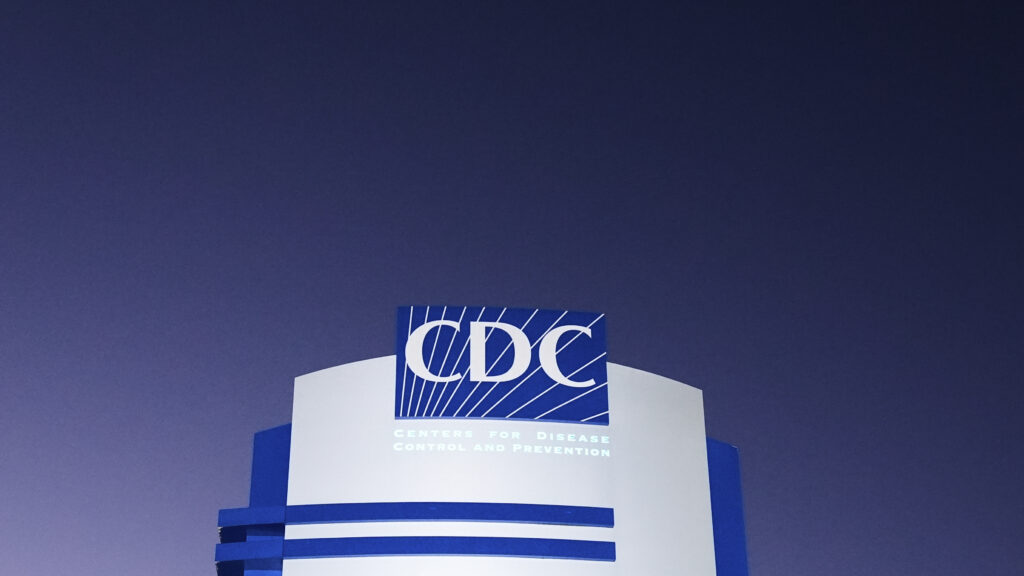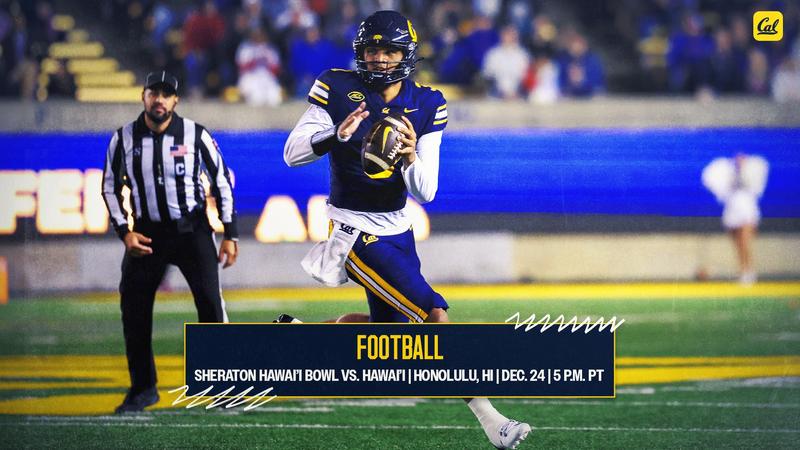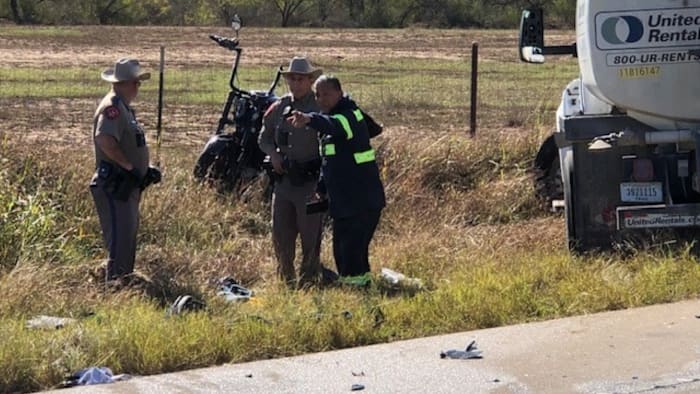News release
Today, the Honourable Marc Miller, Minister of Canadian Identity and Culture and Minister responsible for Official Languages on behalf of the Honourable Gregor Robertson, Minister of Housing and Infrastructure and Minister responsible for Pacific Economic Development Canada, Josipa Petrunić, President and CEO of the Canadian Urban Transit Research & Innovation Consortium (CUTRIC), and Marie Lapointe, President and General Manager for the Association de l’industrie électrique du Québec (AIEQ), announced a joint investment of over $1.2 million to support a study, data analysis and performance assessments on the use of battery electric buses by transit agencies throughout Canada.
Montreal, Quebec, December 19, 2025 — Today, the Honourable Marc Miller, Minister of Canadian Identity and Culture and Minister responsible for Official Languages on behalf of the Honourable Gregor Robertson, Minister of Housing and Infrastructure and Minister responsible for Pacific Economic Development Canada, Josipa Petrunić, President and CEO of the Canadian Urban Transit Research & Innovation Consortium (CUTRIC), and Marie Lapointe, President and General Manager for the Association de l’industrie électrique du Québec (AIEQ), announced a joint investment of over $1.2 million to support a study, data analysis and performance assessments on the use of battery electric buses by transit agencies throughout Canada.
The resources and tools acquired through this study will provide valuable insight and practical advice to transit agencies seeking to implement cleaner transit options Study topics include: battery degradation, charger efficiency and diesel to electric powertrain conversion efficiency. Through research and data sharing, this investment supports the transition to cleaner transportation, reducing greenhouse gas emissions and providing communities in Canada with quieter, more efficient transit options.
Quotes
“This project is a prime example of how strong collaboration towards a common goal can lead to innovation and growth in our communities. By supporting comprehensive planning today, we’re laying the groundwork for future projects that will create jobs, grow the economy, and protect our environment for generations to come.”
The Honourable Gregor Robertson, Minister of Housing and Infrastructure and Minister responsible for Pacific Economic Development Canada
“This initiative highlights how collaboration and forward-thinking planning can enhance the lives of Canadians. By prioritizing transit infrastructure now, we are creating opportunities for economic development, improving quality of life, and ensuring a cleaner, more sustainable future for generations ahead.”
The Honourable Marc Miller, Minister of Canadian Identity and Culture and Minister responsible for Official Languages
“Through this project, transit agencies across Canada are gaining the evidence and insights they need to plan their transition to zero emission fleets with confidence. By working together and sharing real-world performance data, we’re ensuring that communities of all sizes, from coast to coast, have the tools to electrify transit in ways that are reliable, affordableand sustainable for the long term.”
Josipa Petrunić, President and CEO of the Canadian Urban Transit Research & Innovation Consortium
“This is great news for large-scale transportation electrification in Canada. We look forward to sharing the results of these studies in Québec with our members, including STM, and organizations like Propulsion Québec and the Vallée de la Transition Énergétique.”
Marie Lapointe, CEO of the Association de l’industrie électrique du Québec (AIEQ)
Quick facts
-
The Government of Canada is contributing $990,246 to this project through the Zero Emission Transit Fund (ZETF) and CUTRIC membership is contributing $247,562.
-
To date, Canadian transit agencies/municipalities have agreed to share their valuable knowledge and findings into this dataset, which will help to inform other agencies and cities looking to begin a similar process for transitioning to zero emission transit in their communities.
-
The ZETF helps communities transition to zero emission transit and school buses to reduce greenhouse gas emissions.
-
The ZETF is part of the Canada Public Transit Fund, which will provide an average of $3 billion annually annually on a permanent basis to respond to local transit needs by enhancing integrated planning, improving access to public transit and active transportation, and supporting the development of more affordable, sustainable, and inclusive communities.
-
Through an agreement with CUTRIC, the Government of Canada is investing $10 million through the ZETF over five years to help transit bus operators to complete planning work and increase their level of readiness to transition to zero emissions bus fleets.
-
CUTRIC’s mission is to support the commercialization of technologies through industry-led collaborative research, development, demonstration and integration projects that bring innovative design to Canada’s low-carbon smart mobility ecosystem.
Contacts
For more information (media only), please contact:
Renée LeBlanc Proctor
Senior Communications Advisor and Press Secretary
Office of the Minister of Housing and Infrastructure and Minister responsible for Pacific Economic Development Canada
Renee.Proctor@infc.gc.ca
Media Relations
Housing, Infrastructure and Communities Canada
613-960-9251
Toll free: 1-877-250-7154
Email: media-medias@infc.gc.ca
Follow us on X, Facebook, Instagram and LinkedIn
Web: Housing, Infrastructure and Communities Canada
Media Relations
Association de l’industrie électrique du Québec (AIEQ)
Email: communications@aieq.net
Kayla Moyes
Canadian Urban Transit Research & Innovation Consortium (CUTRIC)
kayla.moyes@talkshopmedia.com






